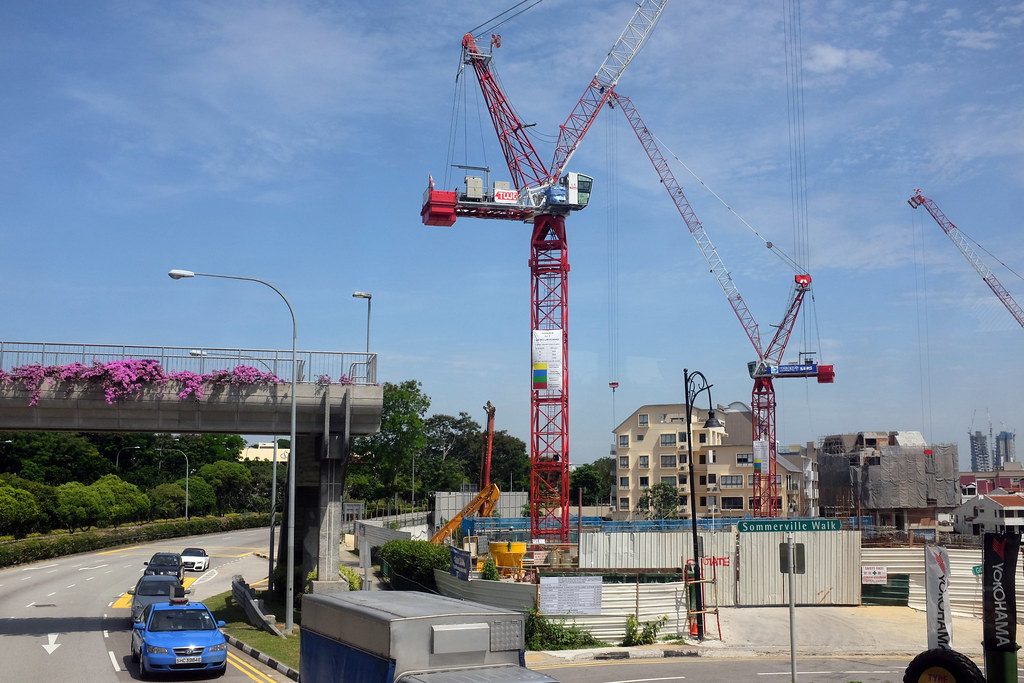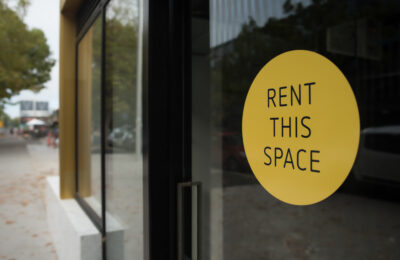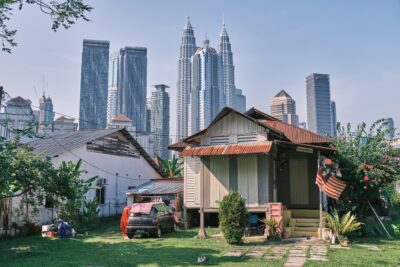What’s next for the construction sector in Southeast Asia?
A forecast of the markets moving earth, literally, in the region

Southeast Asia’s major building markets are bracing for wide variations of growth this year, according to the latest Arcadis International Construction Costs report.
The construction industries of the Philippines and Vietnam rank third and fifth worldwide, respectively, for forecast annual real growth in value in 2019. Ireland and Qatar take the pole and runner-up positions, in that order.
The management consultancy expects the Philippine construction market to remain strong in 2019 and 2020 due to ongoing government and private investments in major projects.
“The government’s commitment to decongest Metro Manila and provide accessible travel to Manila and Clark International Airport is expected to create more jobs and spur economic growth in the city and across other parts of the country,” Ross McKenzie, country head of Arcadis Philippines, told BusinessWorld.
Indonesia and Thailand rank sixth and 13th, respectively, followed by Malaysia at 15th and Singapore at 24th.
More: Where are the most expensive Asian cities for construction?
The Malaysian construction market will grow by 4.7 percent in 2019, while its tender price index is slated to increase by 0-2 percent.
“In 2019, the [Malaysian] construction sector will grow at a slower pace, due to major revisions around mega infrastructure projects and a general slowing down of global construction projects. The Malaysian government’s allocation of over USD362 million for affordable housing, may well stimulate industry growth this year,” the consultancy predicted.
The construction market in Singapore, which sits 48th in Arcadis’ ranking of the most expensive cities to build in, is slated to grow by five percent in 2019. Its tender price index is also set to increase by one percent to three percent.
“One factor that will likely have a major influence on the market is the government’s push to transform the construction industry with Integrated Digital Delivery (IDD). IDD will connect stakeholders in construction projects, mandate the adoption of Building Information Modelling (BIM) and establish the Singapore Virtual Design and Construction Guide,” Arcadis researchers noted.
Still, the Singaporean construction sector’s GDP shrank by 3.4 percent last year, primarily due to a slowdown in public sector activities. Prices for key construction materials remained stable over 2018, with key construction material prices expected to rise in 2019.
Recommended
Meet the vagabond architect behind India’s housing scene
Vinu Daniel is helping to shake up India’s home building setting
Where Asian real estate stands in a fragmented, warmer world
Asia’s real estate industry faces many and varied challenges as external factors continue to bite
6 sights to see in Singapore’s Marine Parade
Handily located Marine Parade has emerged as a vibrant investment choice in the Lion City
There’s a township dedicated to health and wellness in Malaysia
Property seekers have their health needs catered for at KL Wellness City








